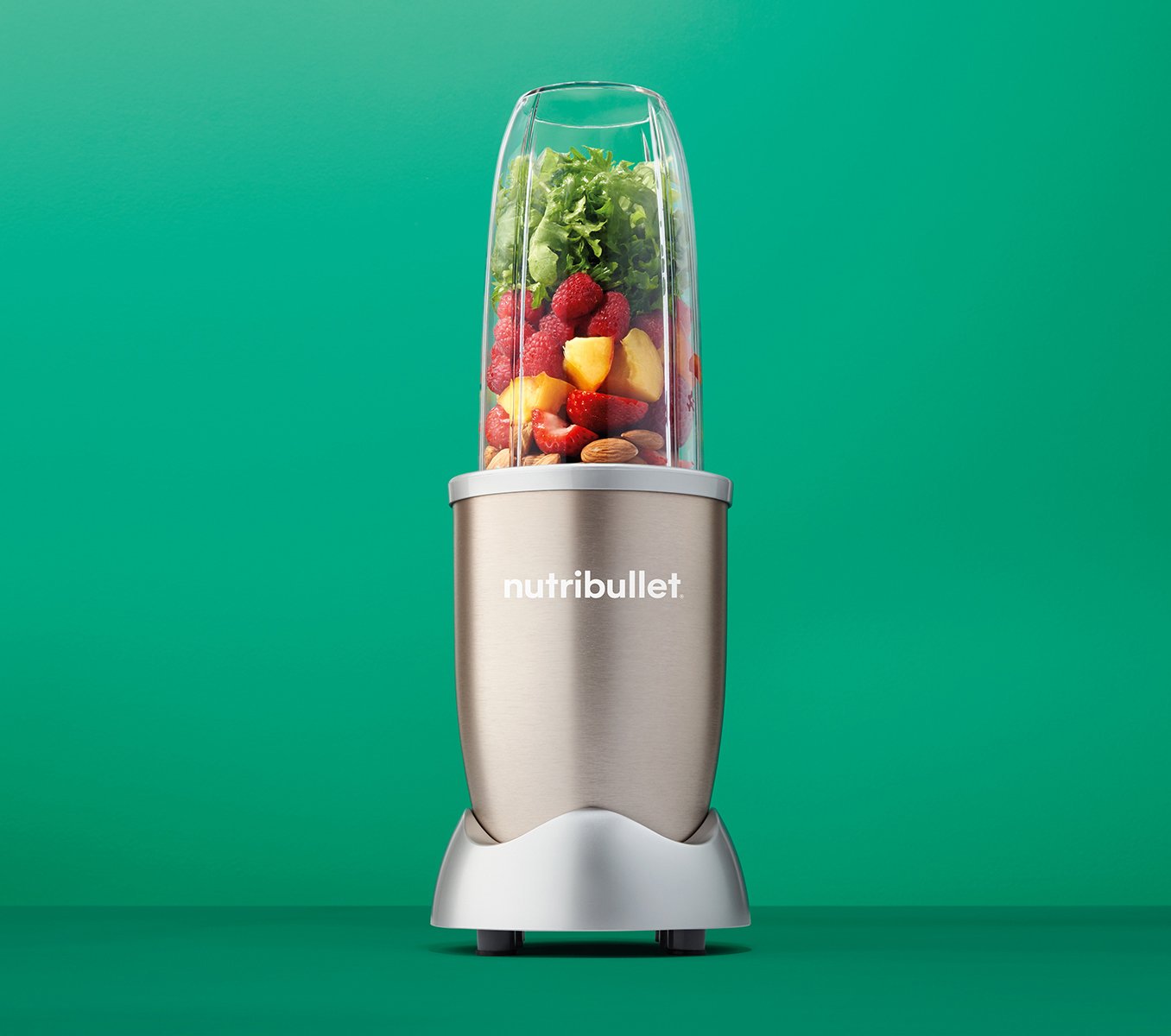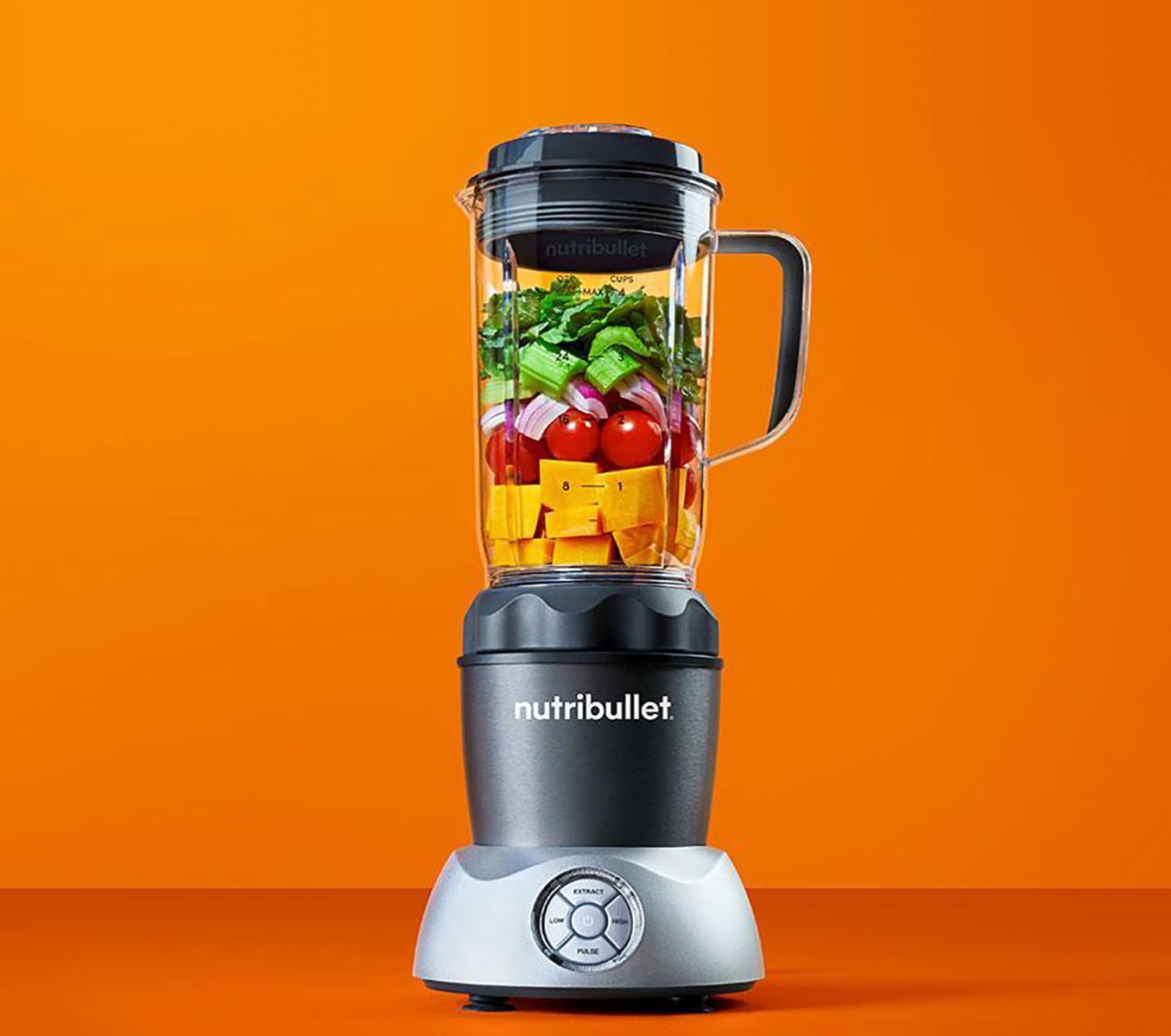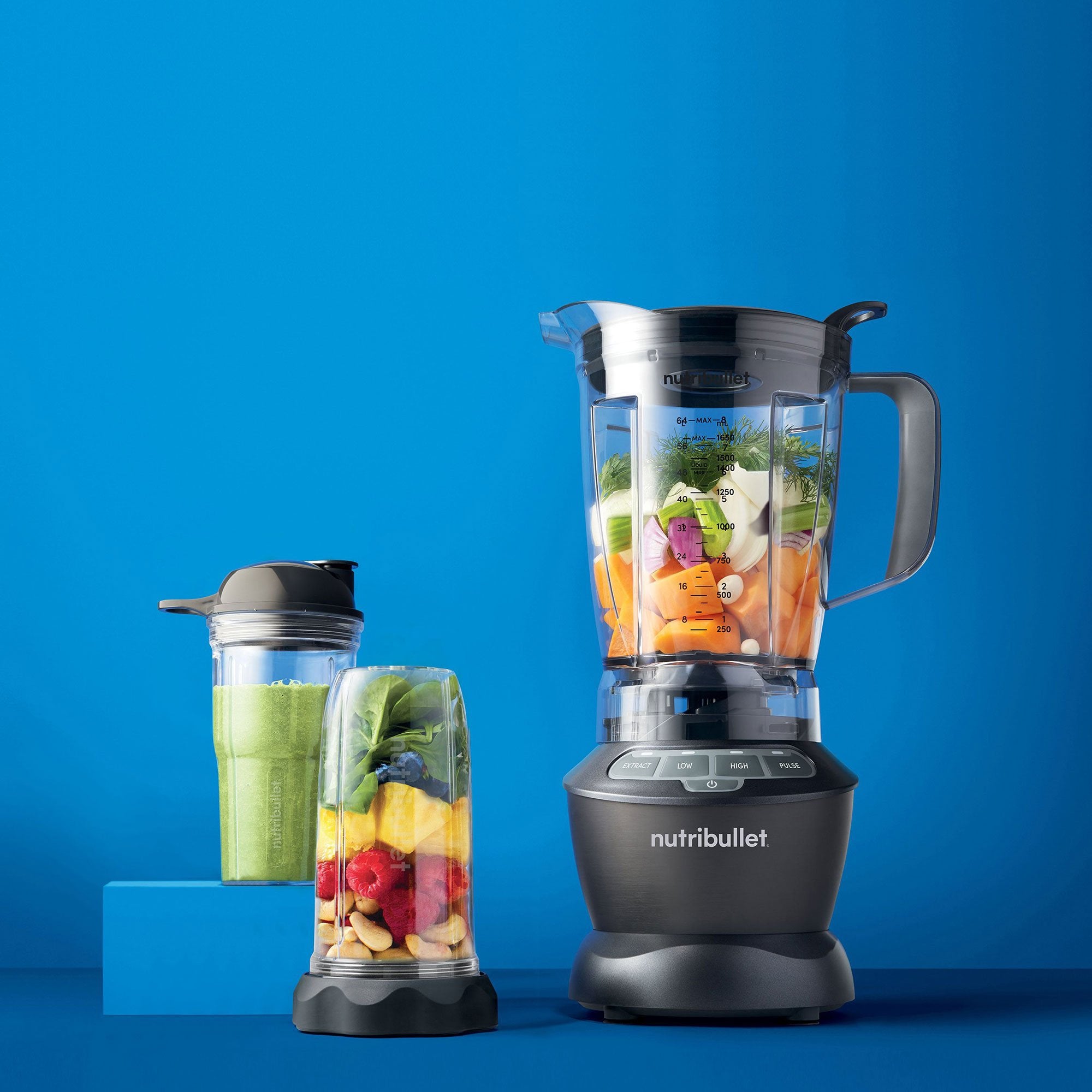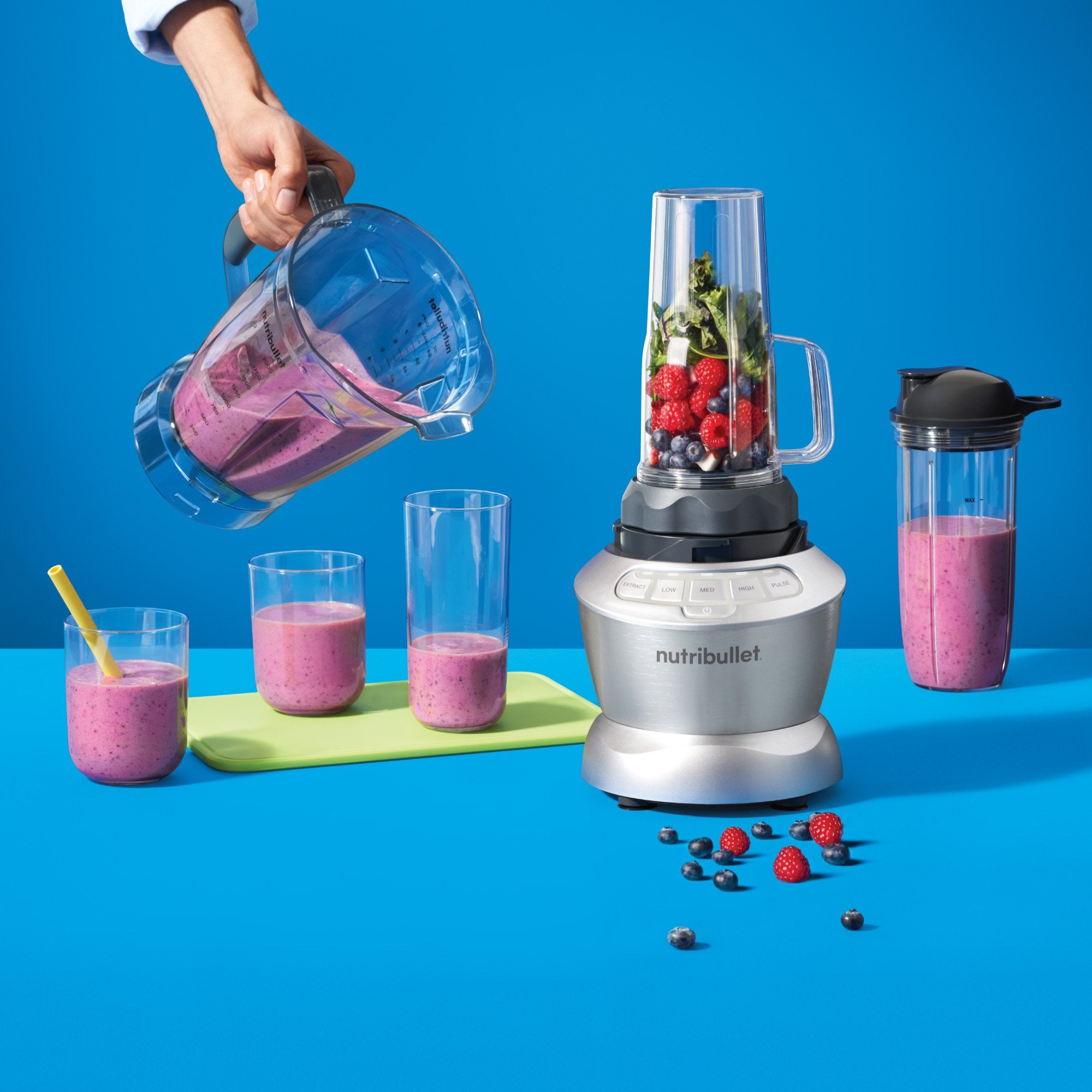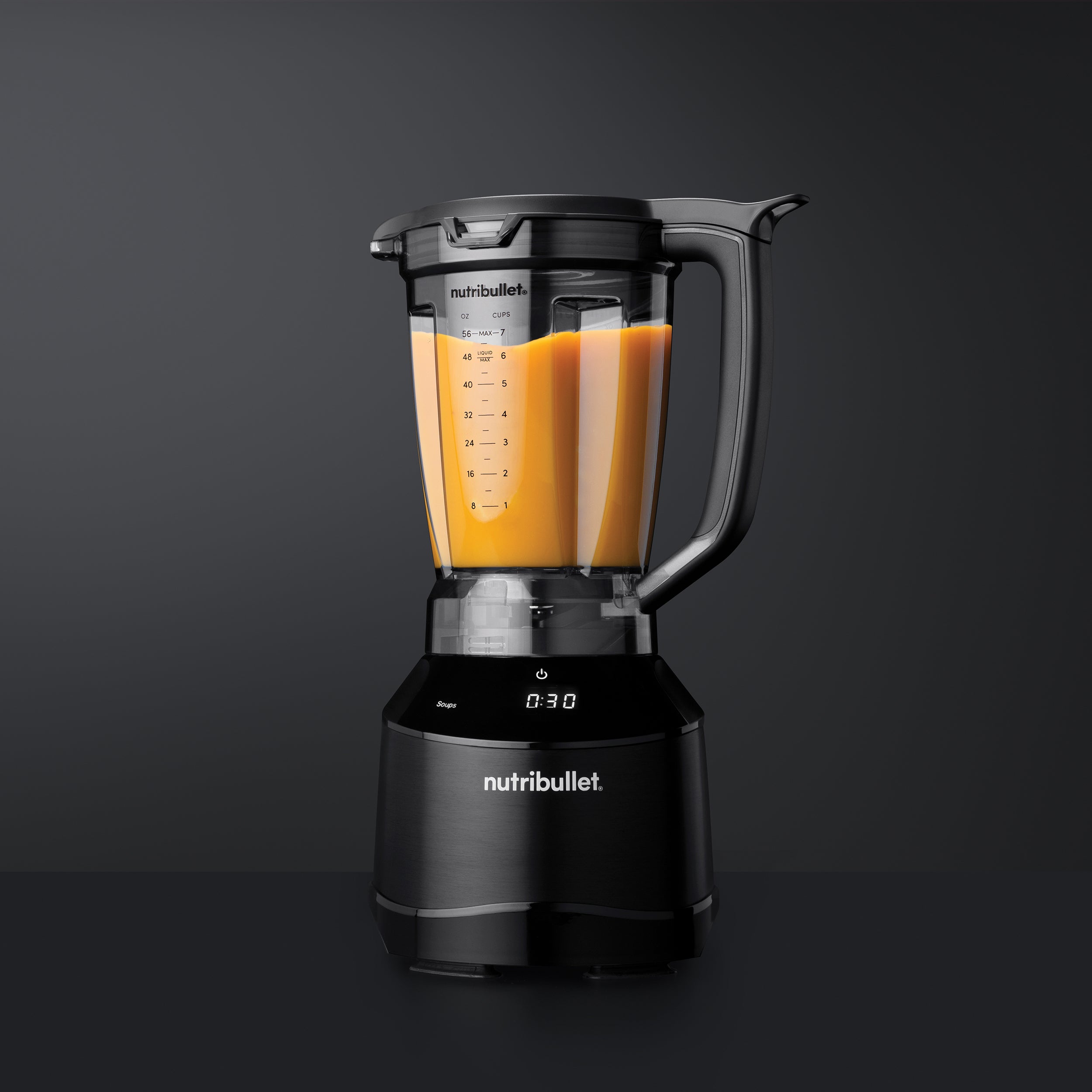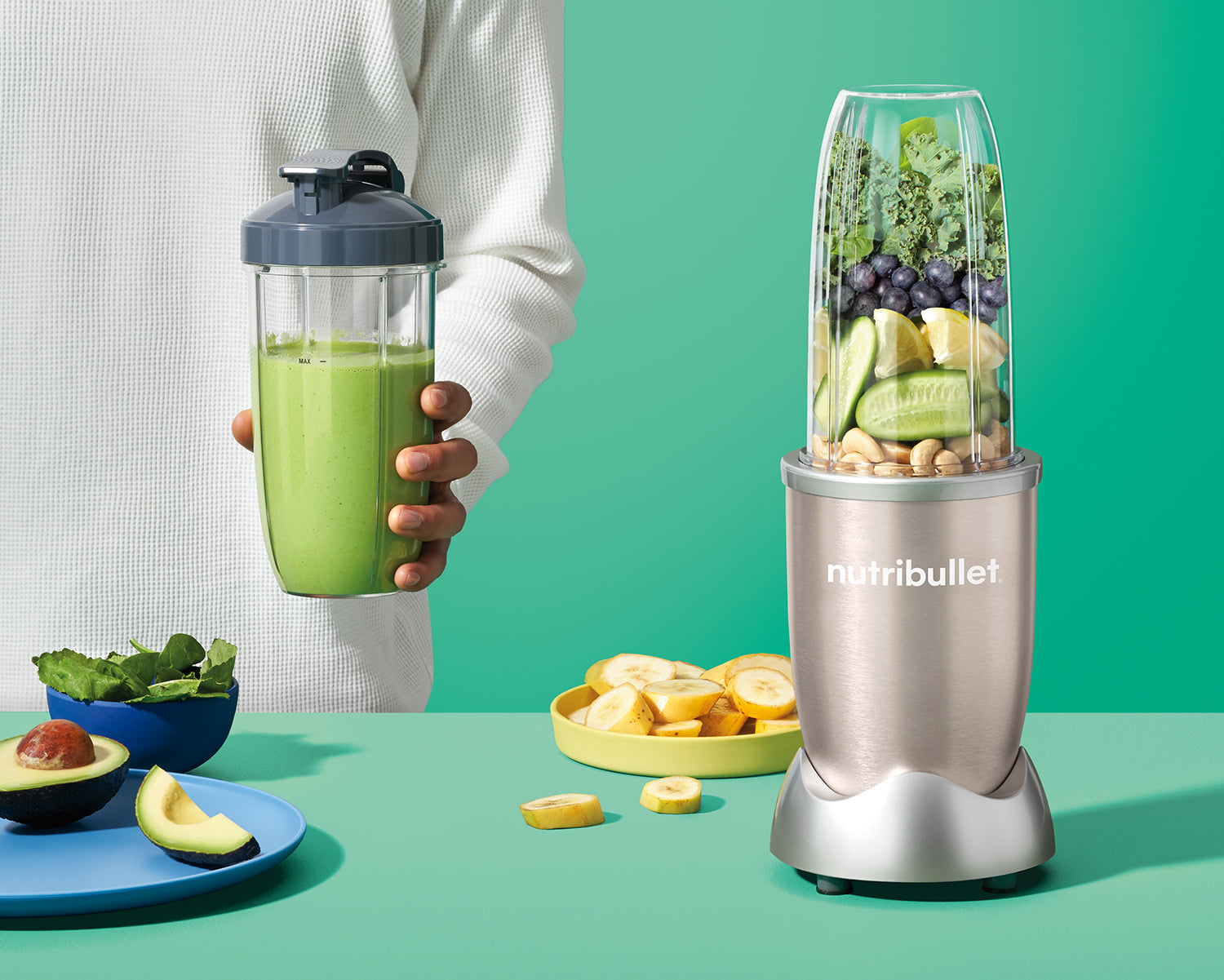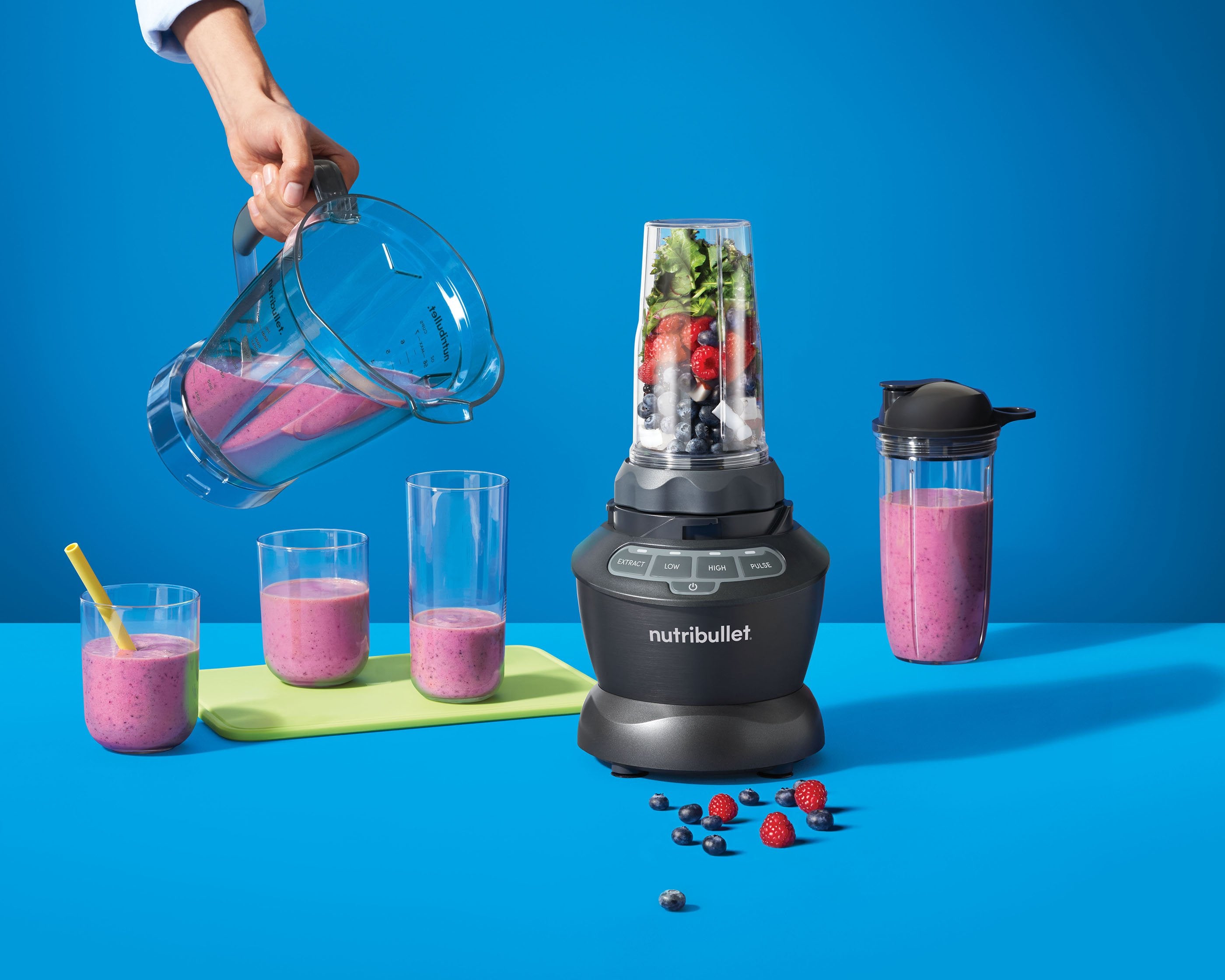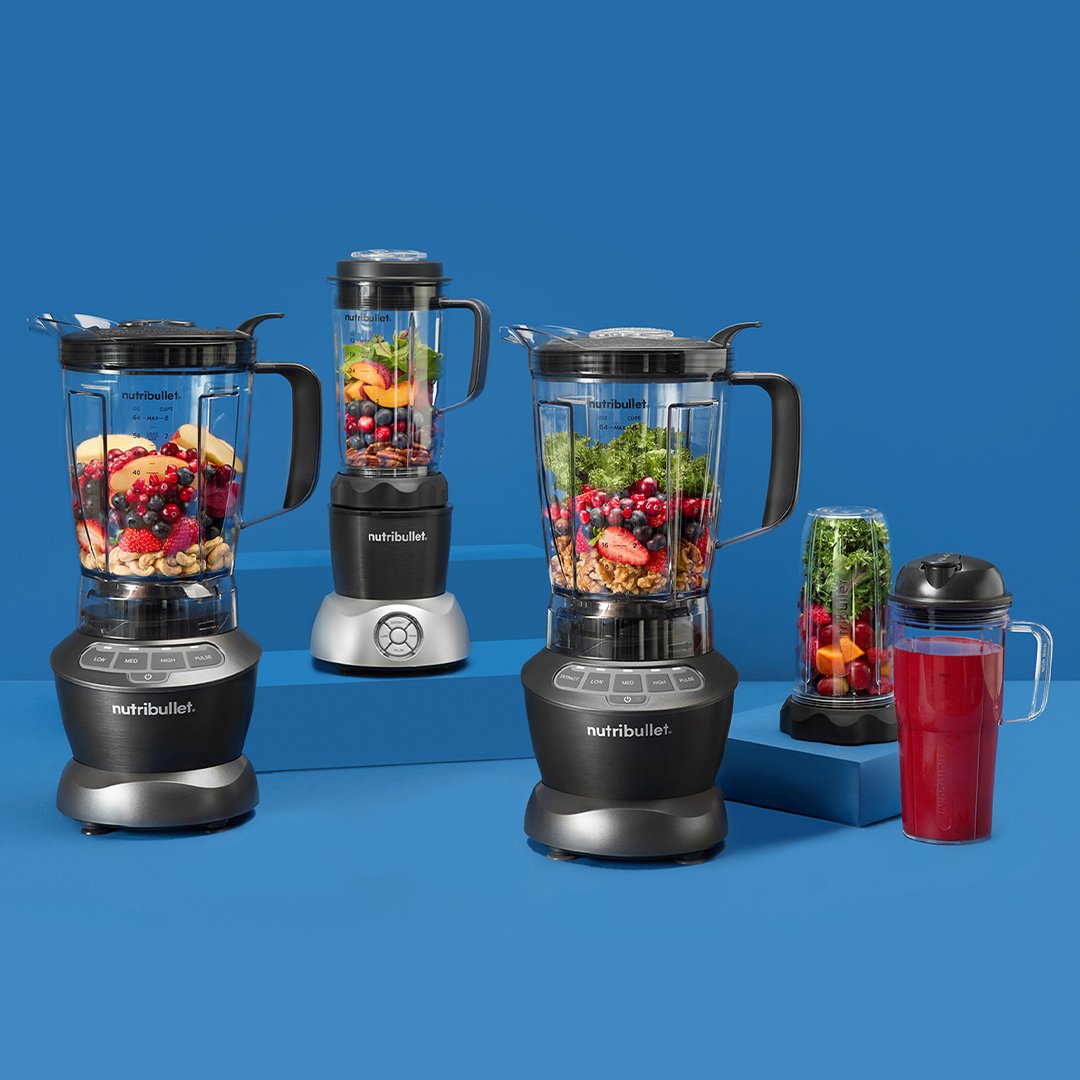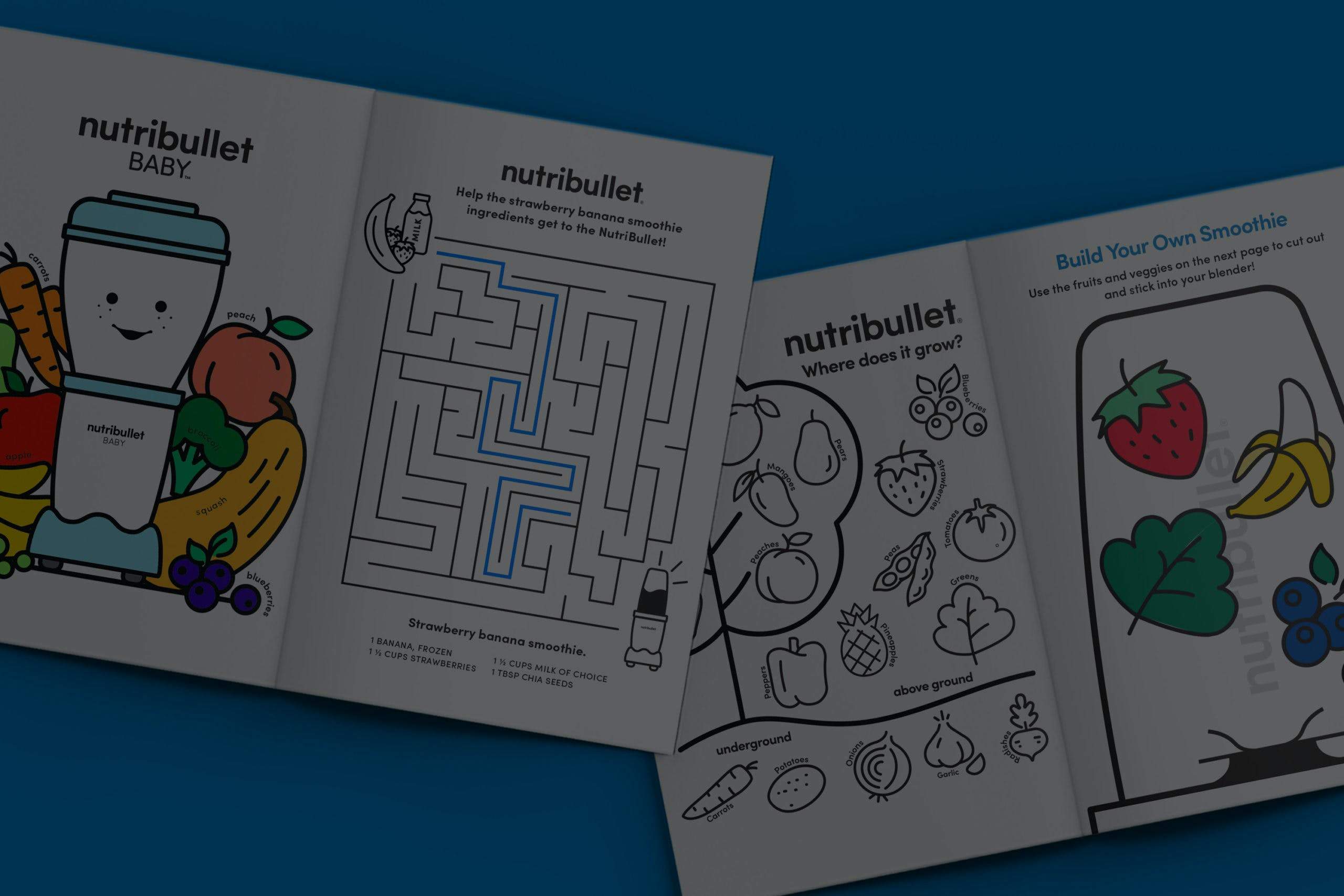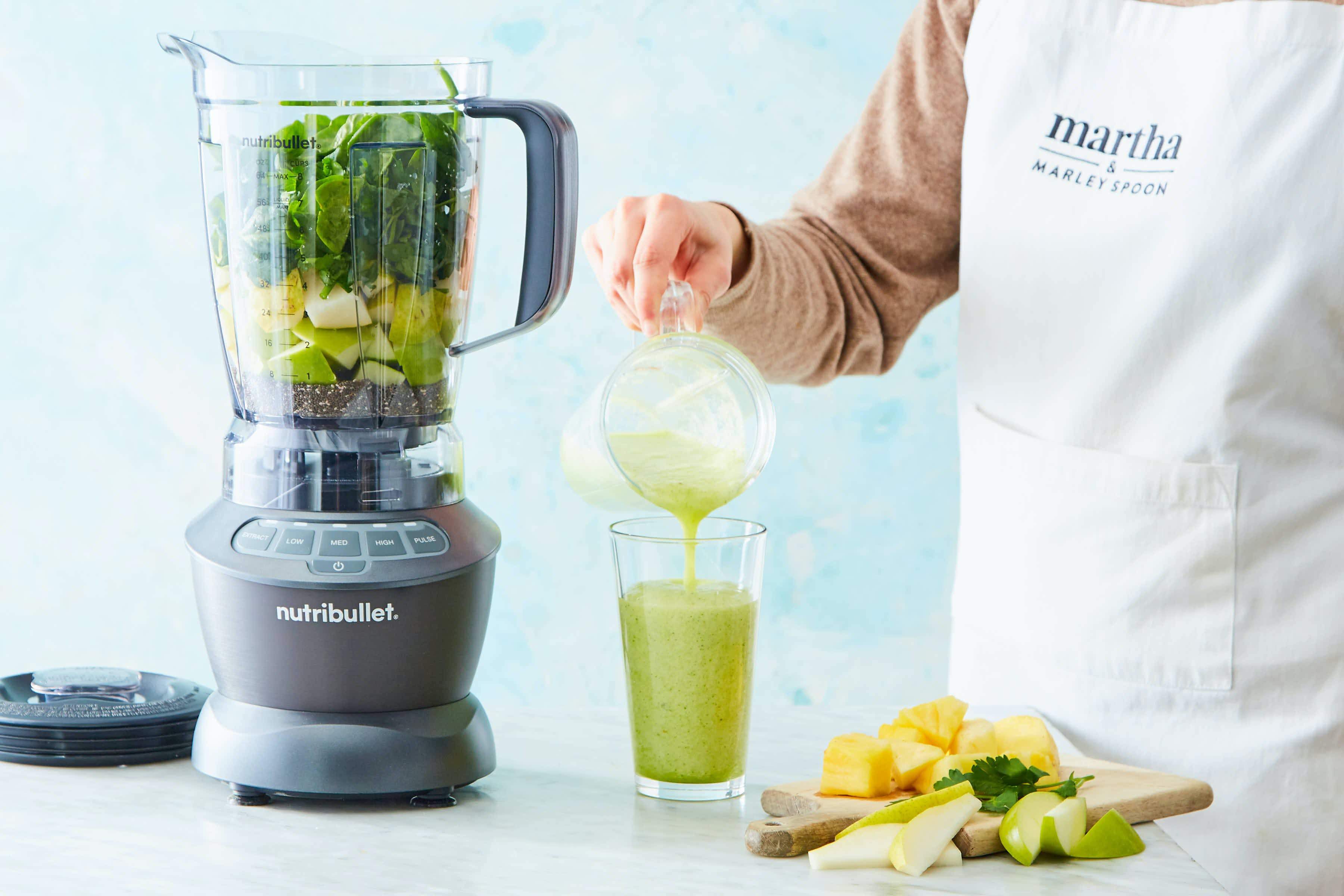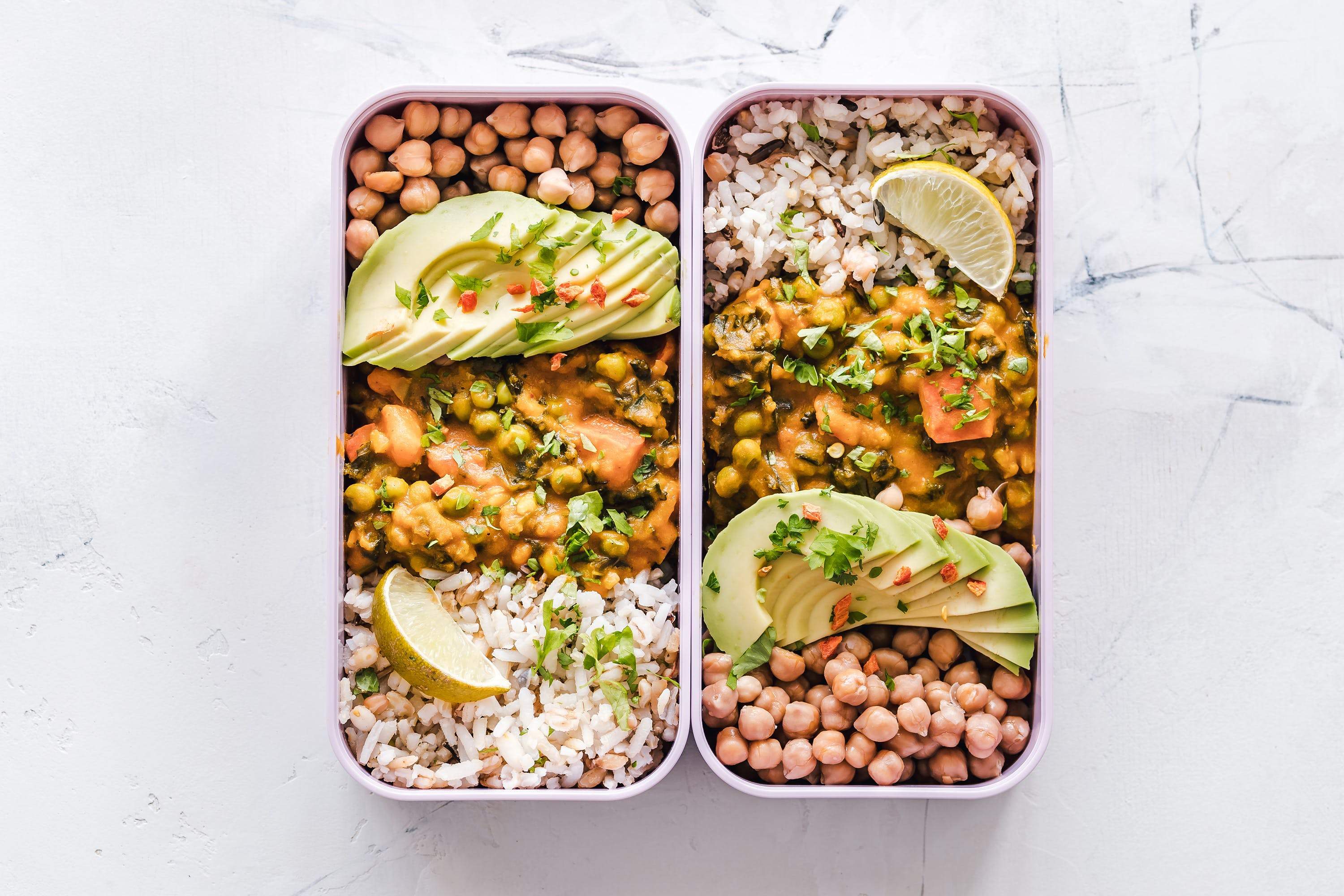Chocolate. It’s rich, creamy and considered to be “the food of the gods” by the ancient Aztecs, as well as medicine used by early Europeans. It’s given to friends and loved ones as a special treat or in celebration, but it’s also something we indulge in during times of sadness, stress and frustration.
Chocolate goes with everything – except weight loss. Or does it? While an eating plan that includes chocolate might sound too good to be true to those trying to maintain or lose weight, it actually is possible to enjoy chocolate as part of a healthy diet.
What is beneficial about chocolate?
Answer: a lot of things, actually! Studies have found that dark chocolate, specifically, can promote heart health and improve blood circulation, helping to restore flexibility to arteries while also preventing white blood cells from sticking to the walls of blood vessels. Plus, dark chocolate is packed with minerals like potassium, zinc, selenium, and iron.
Chocolate also makes you feel good! It contains phenylethylamine (PEA), a chemical that encourages your brain to release those feel-good endorphins. At the same time, chocolate contains flavonoids like quercetin, which is a potent antioxidant that protects our cells against damage from free radicals.
Normal and necessary bodily functions, such as breathing, drinking, and eating, encourage the formation of free radicals that cause oxidative stress. However, too much oxidative stress can lead to a host of health concerns like heart disease and cancer. Flavonoids may help protect against diseases associated with oxidative stress.
Chocolate can offer many health benefits, but if you’re more of a milk chocolate fan, you’ll most likely miss out on those benefits. The highest levels of flavonoids are found in natural cocoa powder. United States law only requires up to 10 percent cocoa solids in our milk chocolate, so you’re getting more sugar and fat than anything else.
Instead of denying yourself chocolate, make room for it in your diet.
If you love chocolate, don’t deprive yourself of it. Include dark chocolate in your daily or weekly calorie allotment, and enjoy the treat guilt-free. If you want to add a few squares in after a meal, squeeze in more physical activities. And if you’re afraid of going overboard on the chocolate, buy snack-sized treats or split a bar with a friend or loved one.
Try chocolate alternatives.
There is no denying that chocolate is high in sugar, fat, and calories. Even the organic superfood and raw versions aren’t calorie-free! With that being said, it’s not a bad idea to get innovative with chocolate and play around with substitutions that may be lower in calories but also higher in nourishing ingredients.
Raw cacao is an excellent place to start! You can make cacao-based mousses with avocado, cacao powder, frozen bananas, and unsweetened almond milk. You can also try hot chocolate with higher quality cacao, which has a richer cacao taste and less sugar than regular hot chocolate. You can even use unsweetened cacao powder in a chili or barbeque sauce. This way, you will reap more of the health benefits of cacao.
Eating things with your chocolate.
If you are the type of person who buys a chocolate bar with the intention of just eating a few squares, pay extra attention to how much you’re really eating. Research shows that chocolate consumption can be hard to stop at just one square because most people go for sugary versions that have more sugar than nutrients, leaving them unsatisfied. Pair your chocolate with a slice of cheese and fresh fruit or a nut-based trail mix for a snack that’s sweet but also satiating.
With the right kind of chocolate and in the right amount, you can still enjoy this decadent treat as a part of your healthy diet and lifestyle!
Nutritional information
Recipe: Creamy Green Strawberry Dream Serving in this recipe:1
- Calories: 236.6
- Total Fat: 3.6 g 5.5%
- Saturated Fat: 0.4 g 1.9%
- Cholesterol: 0 mg 0%
- Sodium: 358.7 mg 14.9%
- Total Carbs: 45.7 g 15.2%
- Dietary Fiber: 9.9 g 39.4%
- Sugar: 22.1 g
- Protein: 8.1 g 16.2%
- Vitamin A: 481.9% Vitamin C: 244.1%
- Calcium: 68.5% Iron: 26.1%
* Percent Daily Values are based on a 2,000 calorie diet. Your daily values may be higher or lower depending on your calorie needs.

